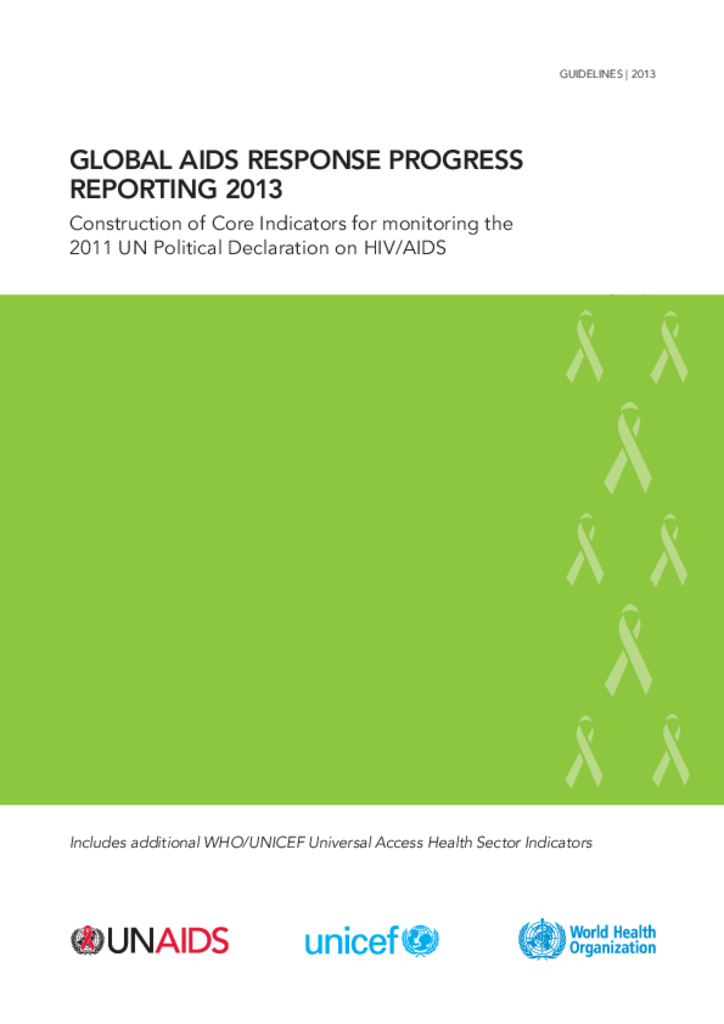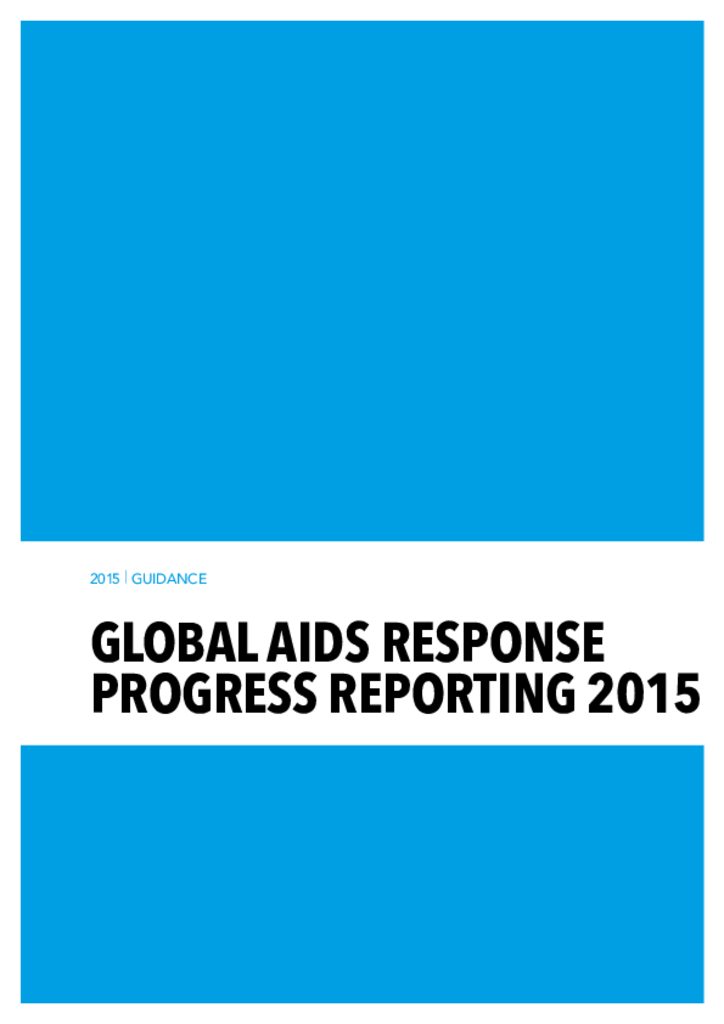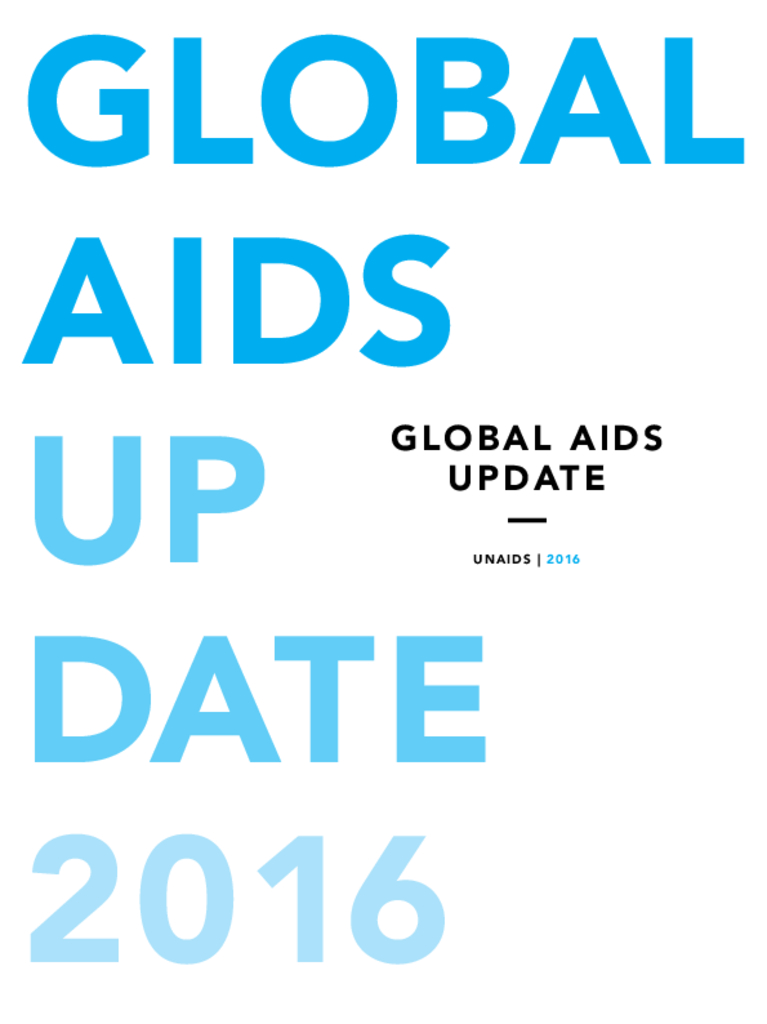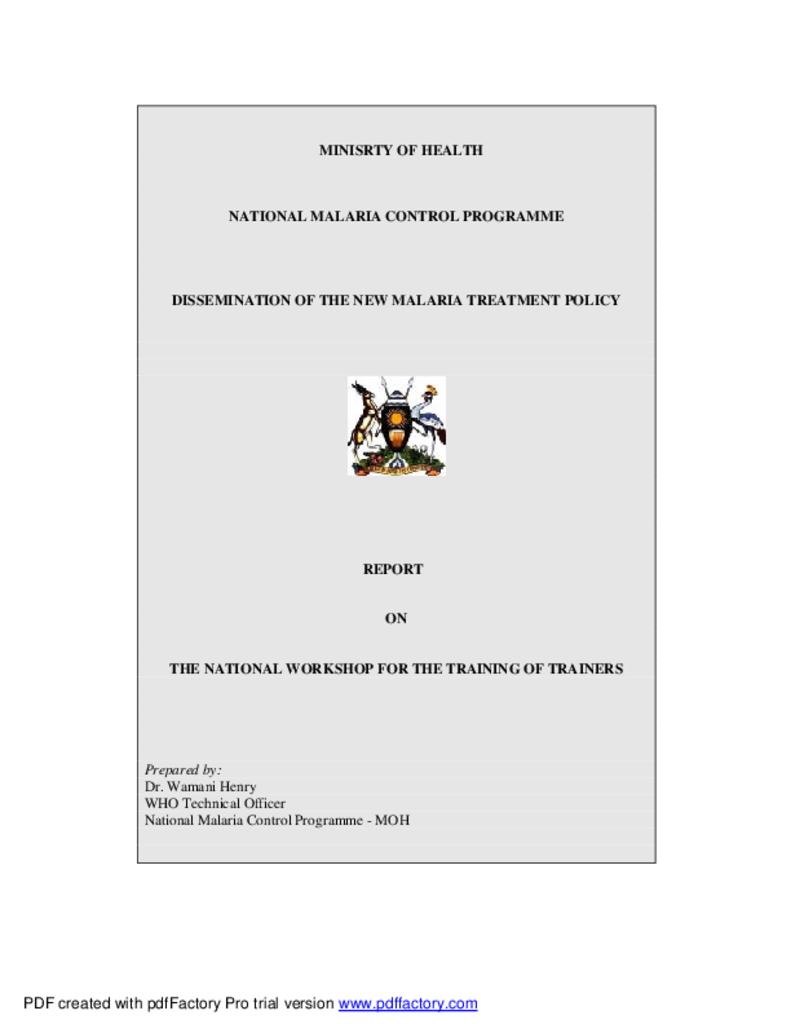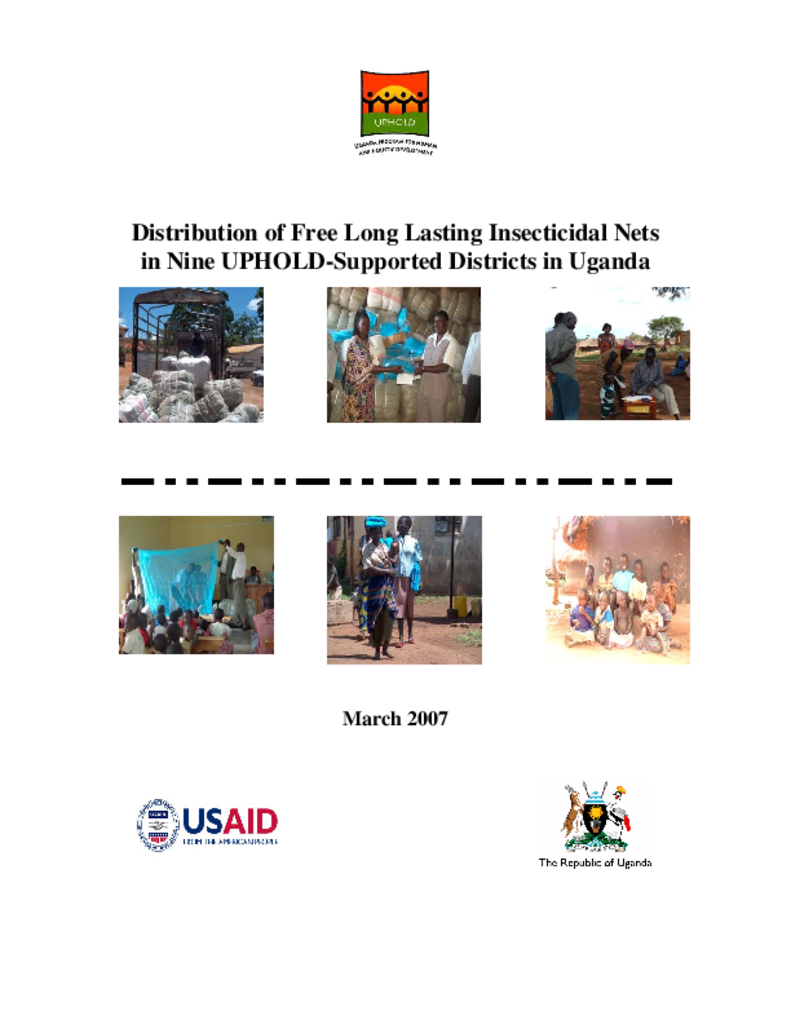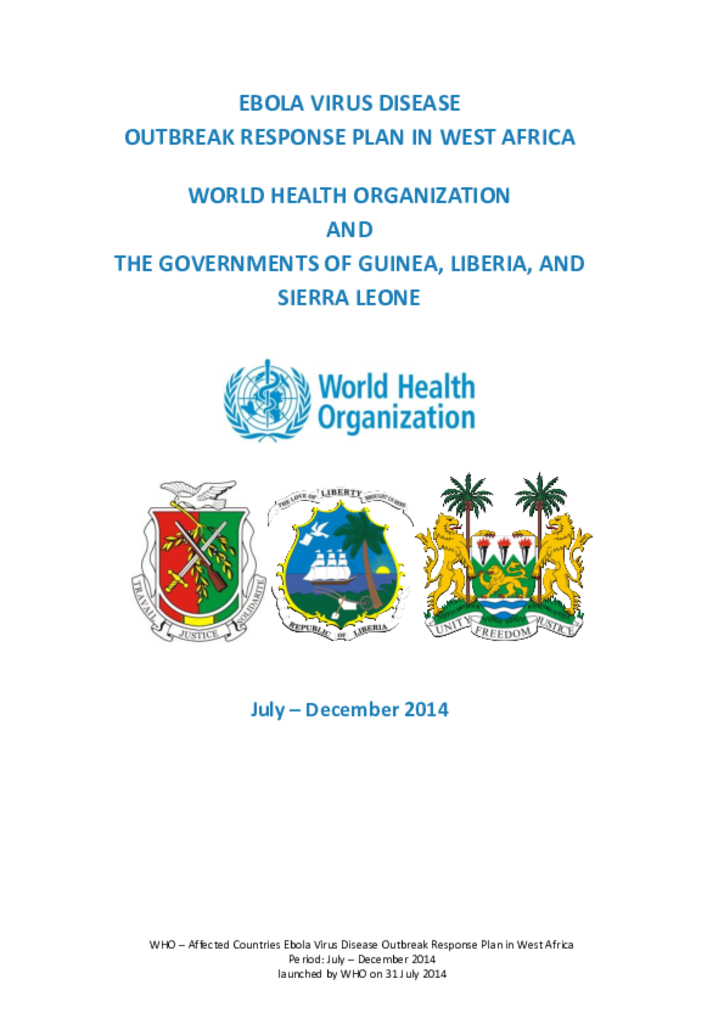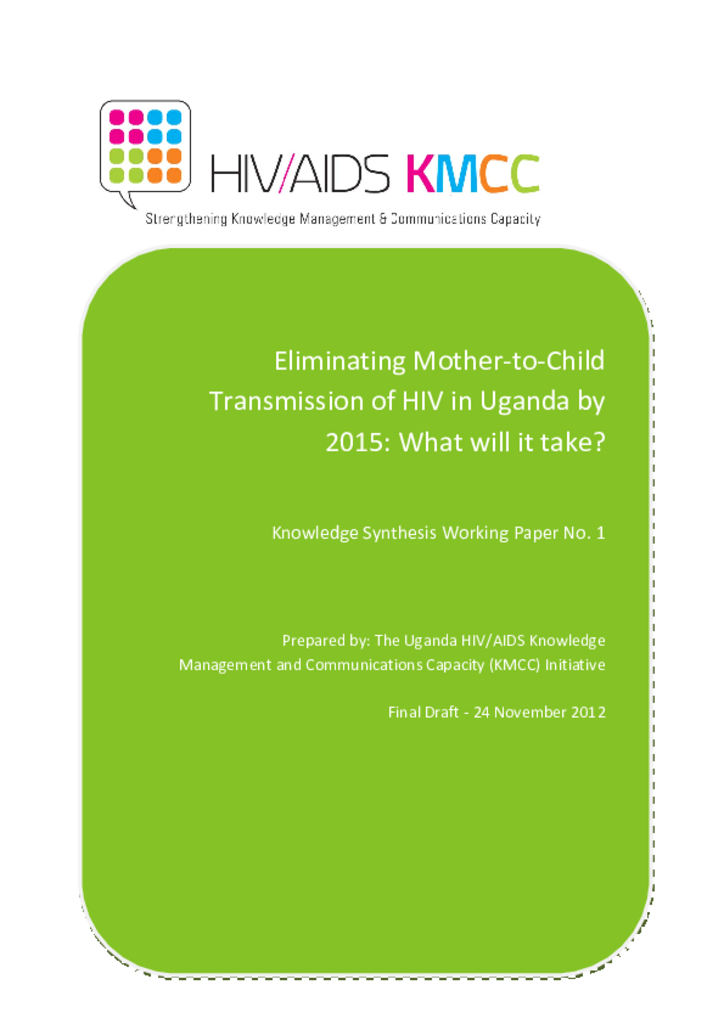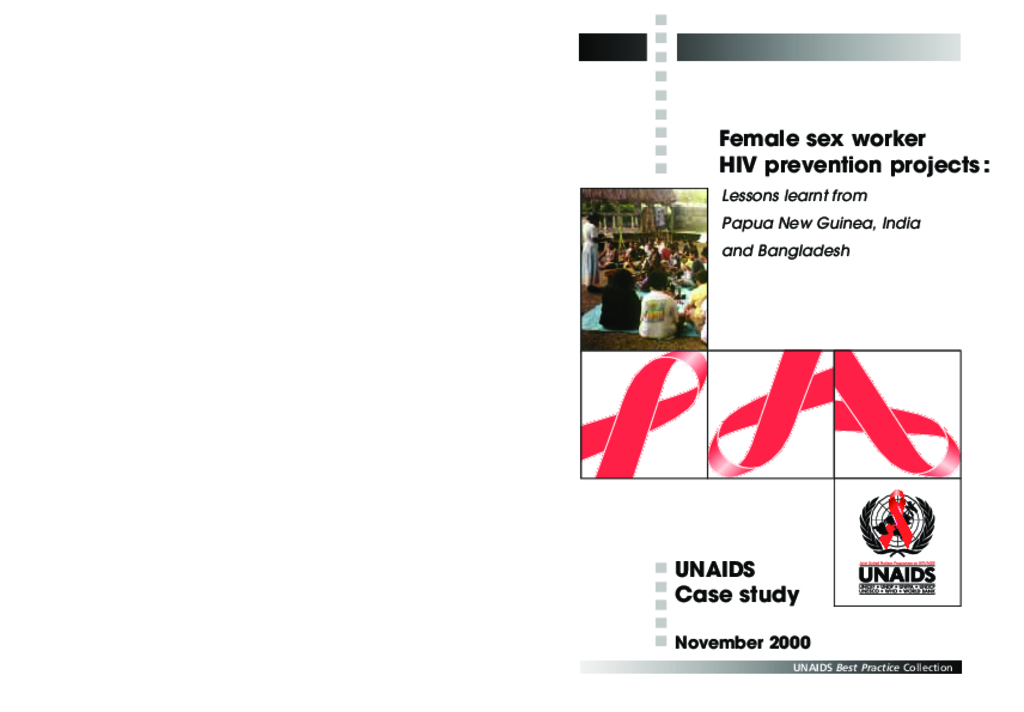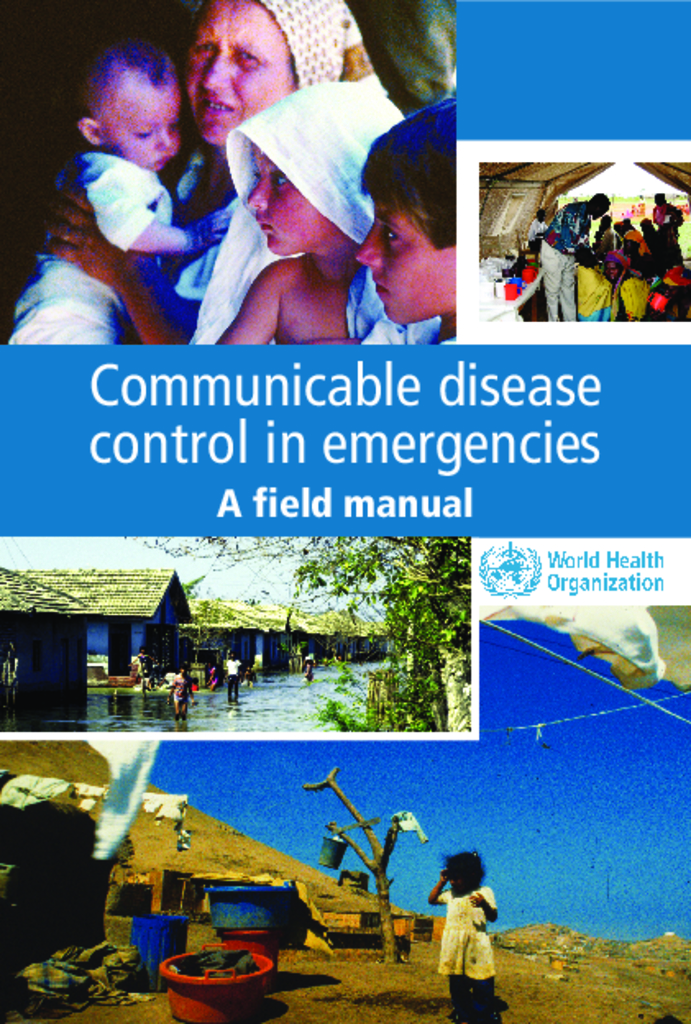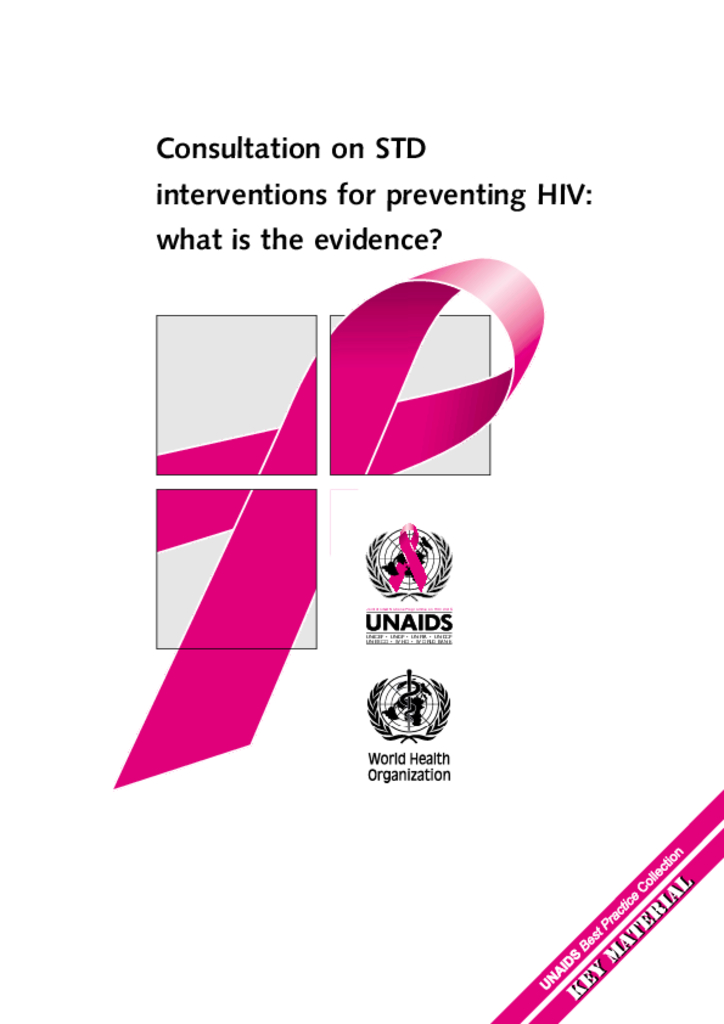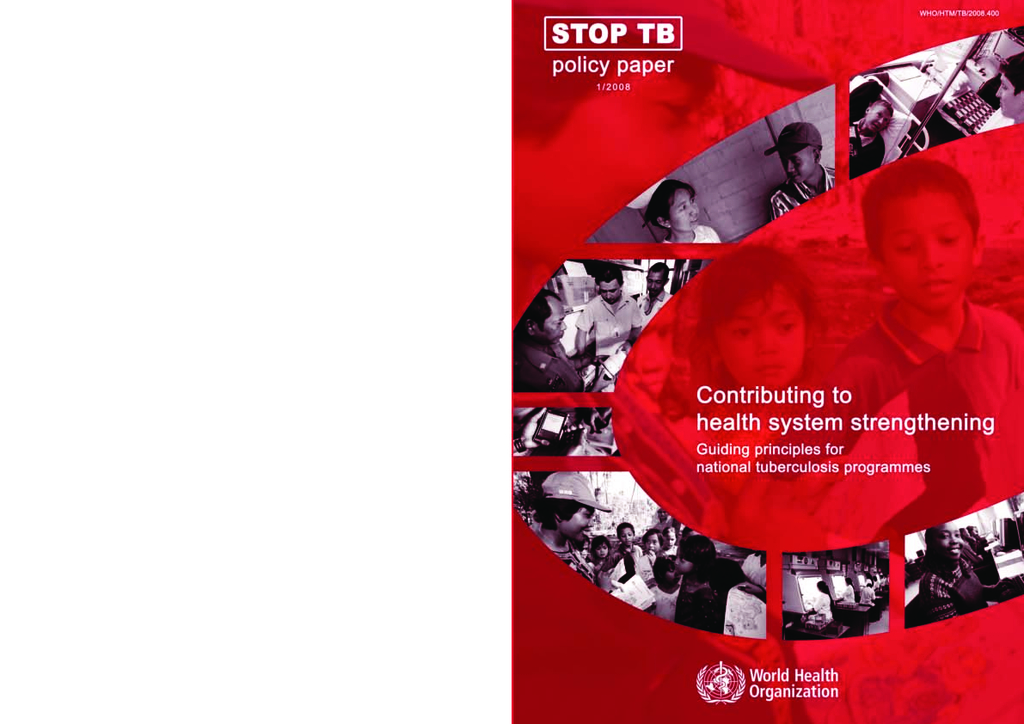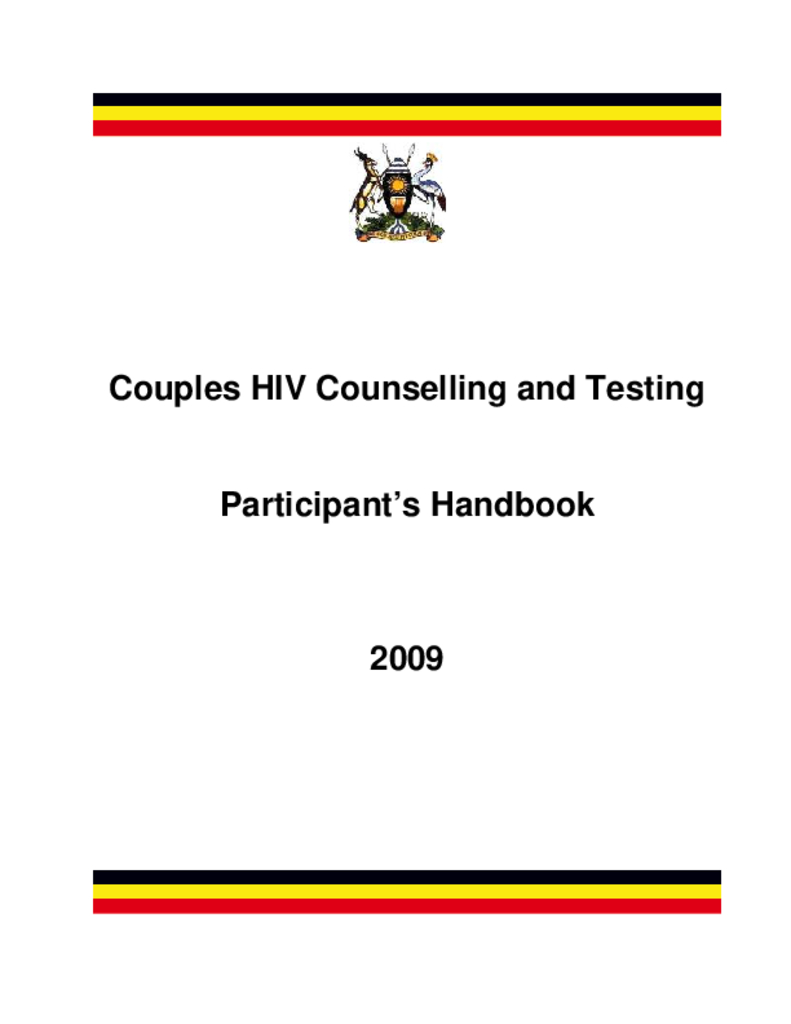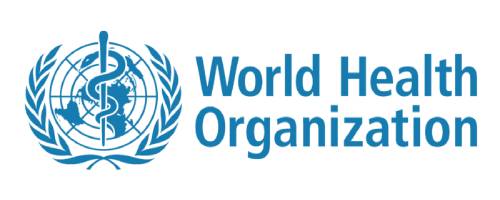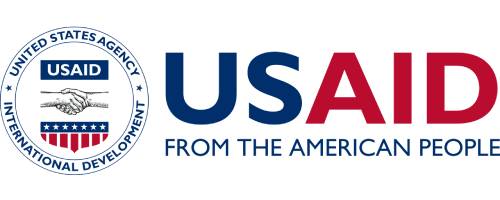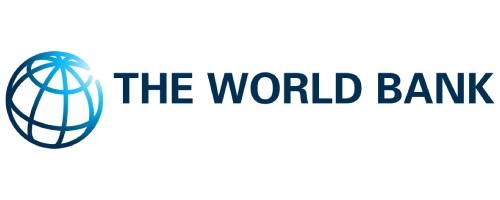The purpose of this document is to provide guidance to national AIDS programmes and partners actively involved in the country response to AIDS on use of core indicators to measure and report on the national response.The “2011 UN Political Declaration on HIV/AIDS: Intensifying our Efforts to Eliminate HIV/AIDS” (General Assembly resolution 65/277), which was adopted at the United Nations General Assembly High Level Meeting on AIDS in June 2011, mandated UNAIDS to support countries to report on the commitments in the 2011 UN Political Declaration on HIV/AIDS. In addition the 2011 Political Declaration called for a special report to the General Assembly on progress in accordance with global reporting on the Millennium Development Goals in the 2013 review of the Goals.
The purpose of this document is to provide guidance to national AIDS programmes and partners actively involved in the country response to AIDS on use of core indicators to measure and report on the national response.
The world has committed to ending the AIDS epidemic by 2030. How to reach this bold target within the Sustainable Development Goals is the central question facing the United Nations General Assembly High-Level Meeting on Ending AIDS, to be held from 8 to 10 June 2016. The extraordinary accomplishments of the last 15 years have inspired global confidence that this target can be achieved.
Since mid 1990’s, WHO and partners have provided technical support to a large number of African countries to promote rational use of antimalarial medicines, monitor medicine efficacy and update treatment policies. In Uganda, resistance of Plasmodium falciparum to Chlororoquine rose to unacceptable levels compelling government to institute an interim malaria treatment policy in 2002. The interim policy recommended a combination treatment composed of Chloroquine and Sulfadoxine/Pyrimethamine (Fansider) as the first line treatment. Unfortunately, resistance to the antimalarial medicines persisted, leading to another change of policy in 2004. The new policy adopted Artemisinin-based Combination Treatment (ACT) as the first line treatment for malaria in Uganda. This was in line with the current WHO recommendation of use of combination therapies, particularly those containing an artemesinin based compound1.
This report covers the experiences and lessons learned during the distribution of free long lasting insecticidal nets (LLINs) to nine UPHOLD supported districts between December 2005 and March 2006, using the existing Home-based Management of Fever (HBMF) system as the distribution channel.
At the beginning of the outbreak in Guinea and Liberia, this event was graded as a Level 2 based on the Emergency Response Framework (ERF). On 24 July 2014, the Director-General took the decision, based on the ongoing severity of the outbreak and a report of a case travelling from Liberia to Nigeria, to re-grade the event as a Level 3. In the ERF, a Level 2 event means WHO provides moderate support to the affected countries.
With the re-grading to Level 3, WHO’s response is now consider substantial and additional resources must be mobilized. The funding requested in this proposal will enable the World Health Organization (WHO) and the Governments of Guinea, Liberia, and Sierra Leone to implement their respective operational plans in response to the urgent and immediate needs of West African countries affected by Ebola virus disease (EVD).
It will help ensure that critically important activities are conducted as soon as possible in the three affected countries. It will also be instrumental in stepping up preparedness activities in neighbouring countries and in countries where imported cases have been reported. Previously, WHO had issued funding appeals that totaled US$
We are living in a decade of renewed global commitments to ending the vertical transmission of HIV. The world is now more than ever united in the drive to “welcome an HIV free generation”. Evidence demonstrates that with concerted efforts and strategic investment, there is the opportunity to see a global reduction of 50% in HIV incidence in women of reproductive age, in line with global targets.
A reduction to ‘zero’ in the unmet need for family planning among HIV‐positive women, a reduction to less than 5% in the risk of mother‐to‐child transmission of HIV, and access to antiretroviral therapy (ART) for 90% of eligible HIV‐positive women, are also deemed achievable. However, the virtual Elimination of Mother‐to‐Child Transmission (EMTCT) faces substantial challenges in low and middle income countries (LMICs) like Uganda.
Key including ‐ the Ministry of Health (MoH), the Uganda AIDS Commission (UAC), the Ministry of Local Government, the Ministry of Finance, other key ministries, parliamentarians, AIDS development partners, civil society and faith based organisations, the private sector and communities of people living with HIV (PLWHIV) ‐ need to come together to achieve these ambitious targets.
The set of case studies in this collection emerged from a session entitled Best Practices in Female Sex Worker Projects held at the Fourth International Congress on AIDS in Asia and the Pacific in Manila, October 1997. Preparation for the session began in May 1997 when UNAIDS sponsored an effort to learn about sex worker projects in the region. Lists of known potential projects were elicited from sex work networks, well-connected individuals and researchers. A call for responses was placed on the SEA-AIDS list server.
After intensive communication with 25 sex worker projects in the Asia-Pacific region, five were selected that asserted they could produce data to document their impact and effectiveness
This manual is intended to help health professionals and public health coordinators working in emergency situations prevent, detect and control the major communicable diseases encountered by affected populations. Emergencies include complex emergencies and natural disasters (e.g. floods and earthquakes).
The term “complex emergencies” has been coined to describe “situations of war or civil strife affecting large civilian populations with food shortages and population displacement, resulting in excess mortality and morbidity”.
The Consultation was called in response to recent resraech findings in sexually transmitted disease (STD) treatment and its effects on the tranmission of Immunodeficiency virus (HIV)
This is a dynamic and challenging time for those working in public health, in global health cooperation, and in tuberculosis control specifically. As a result of commitments to health at the highest political levels, there are unprecedented opportunities for expanding response to disease epidemics and simultaneously improving health systems.
These commitments have resulted in innovations in financing streams, public-private partnerships, civil society engagement, frameworks for cooperation, and channels of rapid communication and knowledge-sharing.
After a quarter of a century of a generalized HIV epidemic, Uganda continues to experience a severe and mature HIV epidemic. Currently, 6.4% of adults and 0.7% of children are infected with HIV – about one million people nationwide.
